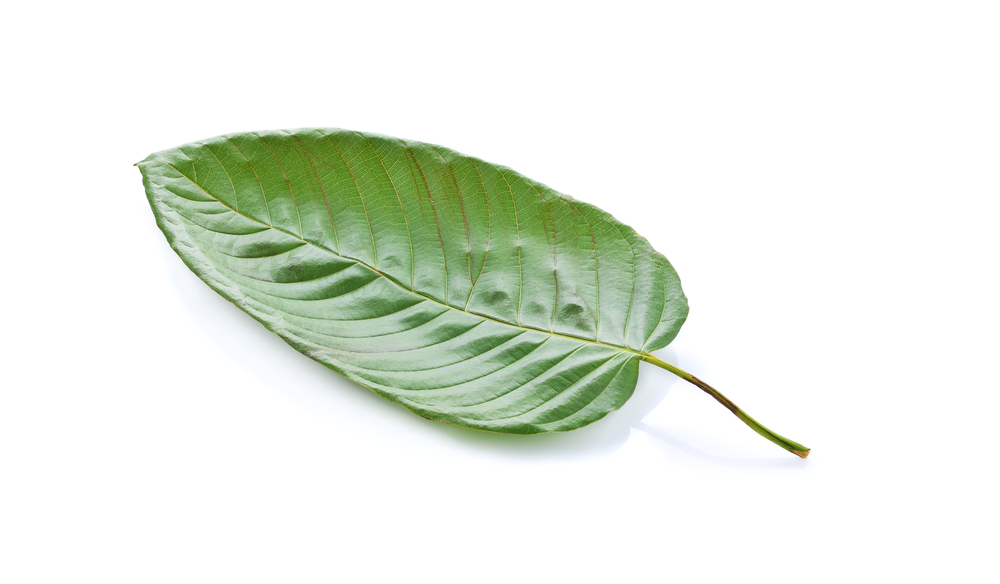5 Things to Know About Kratom

A recent announcement from the Drug Enforcement Administration (DEA) is causing an outcry: Users of a drug called kratom, which the DEA said it will ban, are arguing that the plant has beneficial effects for their health, according to the The Washington Post.
The DEA announced in August that it is planning to ban kratom, and the ban could come into effect this month. But users of the drug, including people with chronic pain and people who previously used opiate medications, argued that the plant relieves their pain and helps them stay off opiates, The Washington Post reported.
Here are five things to know about kratom.
What is kratom and how is it used?
Kratom comes from a tree in Southeast Asia called Mitragyna speciosa, according to the DEA. The leaves of the tree have psychoactive properties and can be crushed and smoked, brewed into tea or put into capsules, the DEA said.
Why do people take kratom?
Pain relief is one of the big reasons why people use kratom, said Marc Swogger, an associate professor of psychiatry at the University of Rochester Medical Center in New York, who published a study last year that focused on why people use kratom.
Kratom appears to be a good analgesic, or painkiller, Swogger told Live Science.
People have also reported taking kratom to help them stop using other drugs, particularly opiates, Swogger said. Some people reported "using kratom to ease symptoms of opiate withdrawal, and many indicated that they had success in discontinuing opiates," Swogger's study found. The findings support earlier research that suggested that kratom may have therapeutic potential as an opiate substitute, the study said.
Get the world’s most fascinating discoveries delivered straight to your inbox.
Other people in the study reported using kratom to treat post-traumatic stress disorder (PTSD) and social anxiety, Swogger said.
Although the drug may cause people to experience some euphoria and a sense of well-being, Swogger said he didn't think many people were using kratom specifically to get high. However, the drug is advertised as a "legal high" in smoke shops, he added.
What does kratom do in the body?
Researchers aren't entirely sure how kratom works in the body, Swogger said.
"It's not an opiate, but it binds to the opiate receptor," he said. Most people think that a compound called mitragynine is the main active ingredient in kratom, but kratom hasn't been studied enough to know for sure, Swogger added. [Facts About Opioids — Hydrocodone, Oxycodone, Codeine & Others]
Unlike opiates, which have a sedative effect, kratom seems to have a stimulating effect at lower doses and a relaxing and sedating effect at higher doses, Swogger said. People who have used the drug have reported that it provides pain relief but doesn't knock them out, he said.
What are the risks?
The common side effects of kratom are similar to those of opiates, including upset stomach, vomiting, itching and mild sedation, according to Swogger's study.
However, the risks appear to be relatively mild, particularly when compared to those of opiates, Swogger said.
While there have been deaths attributed to use of kratom, it's not clear in these instances that the person died directly as a result of using the drug, Swogger said. The people who died had taken other substances as well, he said. Overdosing on the drug is "almost unheard of," because people will start vomiting long before they overdose, he said.
There have been two cases of liver problems in kratom users, Swogger said. Indeed, "given the preliminary data on kratom and a lack of controlled human studies, chronic ingestion is of unknown safety," according to his study.
Is kratom addictive?
Kratom has addictive properties, according to the DEA.
Some people have reported experiencing withdrawal when they have stopped using kratom as well as developing a tolerance to the drug, according to the study. "Withdrawal symptoms and developing tolerance to the substance were generally, though not uniformly, reported to be mild relative to opiates," the researchers wrote.
About one in 10 people in the study reported withdrawal symptoms after a period of heavy use followed by at least one day without using the drug, the study found. The findings highlight the importance of educating people about the potential risks of kratom use, the researchers wrote.
People who have had substance use problems in the past "should carefully weight the potential pros and cons" of kratom use, namely that while it may be a less harmful substitute for other drugs, it may also be difficult to stop using the drug, the researchers wrote.
Originally published on Live Science.




